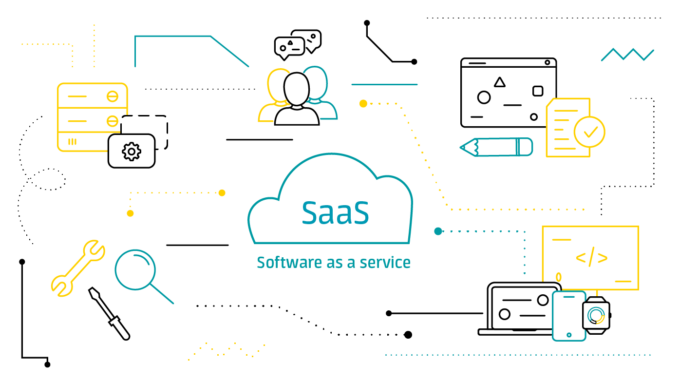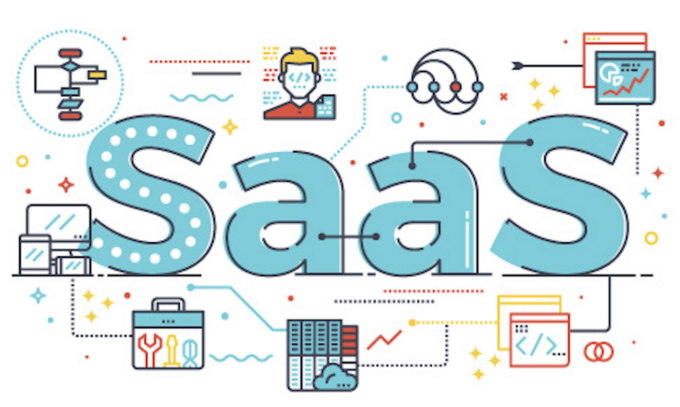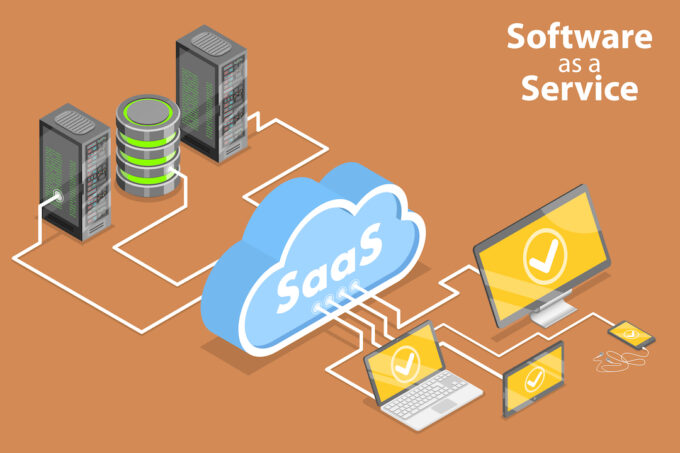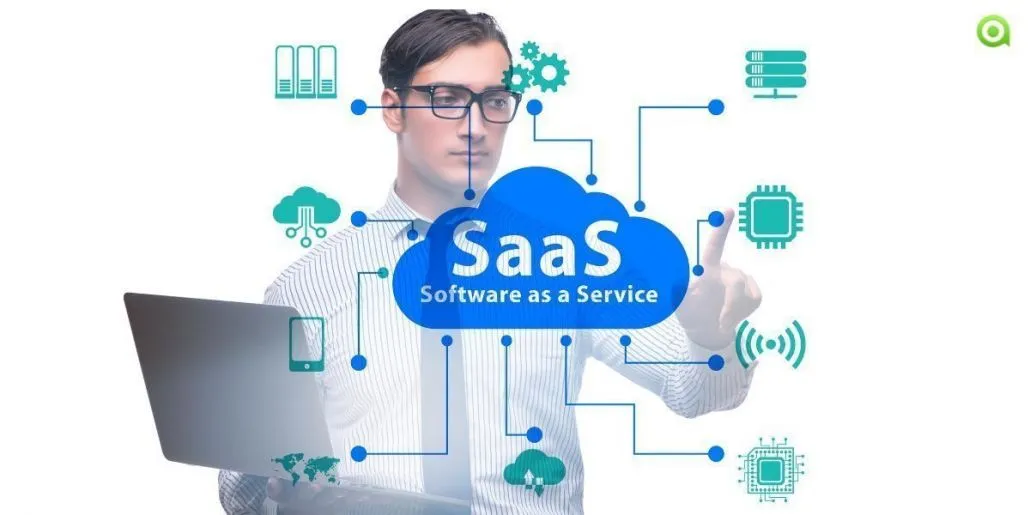Undoubtedly, all project managers want their company to succeed, but they can’t succeed without software that performs to its full potential. It’s crucial to ensure that software and product upgrades are effectively and smoothly incorporated so users can use updated, simplified features. This workflow is made possible by SaaS project management software.
What Is SaaS?

Software as a service often called “on-demand software,” enables licensing and electronic software delivery to your company’s computers from a practical, centrally managed cloud network. SaaS project management software simplifies your company’s operations by offering extensive capabilities to manage projects at all stages effectively.
SaaS project management software includes a wide selection of efficient solutions to enhance your company’s everyday operations. SaaS project management software supports live chat, digital conferencing, expense, and financial accounting, bug tracking, task management features, and custom reports and templates. It also records, monitors, and manages numerous changes.
Why SaaS?

SaaS project management systems, as opposed to on-site ones, boost productivity by promoting cross-departmental cooperation (from any location in the world) and acting as a central hub where authorized staff employees have access to projects and crucial data regardless of location.
Leveraging it and on-premise project management systems concurrently will also reduce the chance of your IT crew being preoccupied with installation and synchronization difficulties when they should be concentrating on other duties. In this regard, SaaS project management software can assist you in avoiding frequent errors and circumstances that could abruptly escalate into expensive disagreements that will hinder your ultimate objective.
Things to consider before moving to SaaS

Making the finest vendor and SaaS project management software selection is crucial since it will affect your business’s overall productivity and efficiency. Your team’s strengths and limitations should be considered when making this decision, which includes things like:
Present And Future Business Needs
There are never going to be two firms with precisely the same criteria. Determine which options will best enable your organization to succeed. Using a cloud-based service may increase productivity by identifying the areas where your present procedures are failing. On the other hand, figuring out your skills might help you spend less on the same.
For instance, your PM program can be outstanding at resource management but deficient in collaboration capabilities if your firm uses a SaaS platform and has robust data archiving and structure but performs poorly in terms of communications. Following an evaluation of your shortcomings, you may start the purchase procedure.
Choose The Features Wisely
Similar to business requirements, understanding the features that will benefit your company the most will help you select the most refined SaaS project management platform. A SaaS application’s functionalities are a little more complex. SaaS PM systems can have a variety of features, from accessibility to a plethora of tools at your command to style and design variations.
Making a list of the most valuable characteristics for you and your team might be helpful. For instance, complex customization choices might not be as crucial for a small team as planning and scheduling tools. You may avoid paying for software you don’t need by outlining your requirements in detail before talking to a vendor manager.
The Cost Of Software
The cost of any purchase is, of course, a crucial consideration. You may choose the best course of action for your company by balancing the problem’s expense with the program’s value. It’s vital to be aware of your monthly payments (such as monthly, quarterly, or annual) while using cloud-based software and keeping an eye out for any auto-renewals that can surprise your billing department.
Benefits Of SaaS

All cloud-based applications and services have clear advantages. SaaS solutions are more effective and cost-effective because of their low starting cost, accessibility from anywhere, and uniform implementation. The same holds true for SaaS project management software, which is the primary factor for the fact that each year, its market grows by 18%. Cloud-based PM systems offer the following advantages:
Low Maintenance Cost
SaaS subscription-based solutions (monthly, quarterly, yearly, etc.) save enterprises from having to invest in costly hardware and software, as well as pay and dedicate staff for setup, configuration, and maintenance. Most software also includes support and seamless upgrades to save the IT staff from having to reconfigure every component manually.
Better Work Opportunities
Cloud-based apps are a gift for remote employees, whose numbers are expanding dramatically as more businesses depend on them to do their tasks. By establishing a centralized workspace, SaaS PM solutions enable remote teams and self-employed individuals to stay connected and effective regardless of location. It allows all staff employees to interact, communicate, and monitor deliverables from any location.
Flexible To The Core
The majority of SaaS tools merely require a browser and an internet connection to function. Teams may work together more quickly in a familiar setting by using mobile devices to communicate from anywhere. SaaS systems are also very upgradeable, enabling companies to do so as they expand.
Speed And Security
Such solutions are simple to set up and log into, and additional features and security upgrades are always accessible. Business system security is an expensive and time-consuming endeavor. The majority of SaaS service providers accept responsibility for protecting their cloud-based systems. Data recovery, disaster management, and encryption are all included.

Various Free Trails and Premium Options
The majority of PM solutions come with a free trial so that organizations can test them out and evaluate how they integrate with their existing IT infrastructure. Another benefit of employing cloud-based PM systems is the availability of various price choices, which are frequently dependent on features and account size. The high costs of traditional licensing enable SMBs to access cutting-edge technology while only paying for the capabilities they really use.
Conclusion
With the rapid spread of Software as a Service, companies are now able to distribute application software in a new way. As far as hardware, application support, and licensing are concerned, you don’t have to be concerned about them. In spite of the fact that you can still use your existing IT system, SaaS is much quicker and easier for you to implement.









